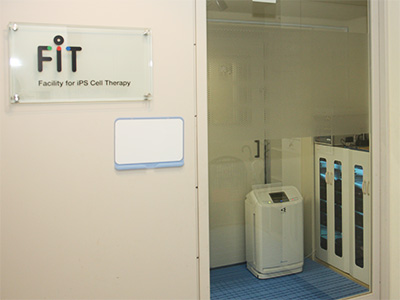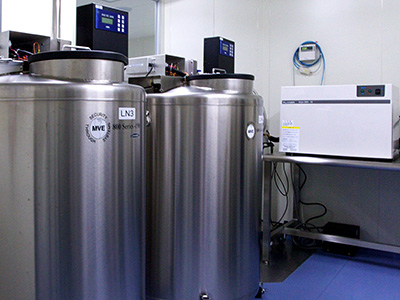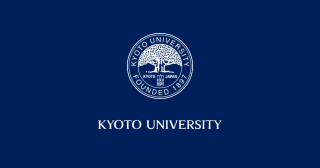On 6 August 2015, the Center for iPS Cell Research and Application (CiRA), Kyoto University, began distributing iPS cells for use in regenerative medicine. The cells have been stored under the iPS Cells Stock for Regenerative Medicine Project * 1 , which has been developing iPS cells stock since FY2013 as part of the Research Center Network for Realization of Regenerative Medicine Project.
Part of the iPS cell stock is now available for use in regenerative medicine as required by medical and research institutions or medical-related businesses.
The iPS Cells Stock for Regenerative Medicine Project is aimed at developing a stockpile of iPS cells of guaranteed quality for use in regenerative medicine. Cells collected from healthy donors with homozygous HLA (human leukocyte antigen) * 2 are assessed for quality from various aspects before being stored. The iPS cell lines are generated at the Facility for iPS Cell Therapy (FiT), a cell-processing facility within CiRA's research building.
The iPS cells being distributed by the Center were generated from homozygous HLA cells of the highest-frequency type among the Japanese population. Differentiated cells generated from these iPS cells are expected to induce reduced immune responses in around 17% of Japanese people, making them usable for transplantation. Since 2014, the Center has undertaken assessments of differential ability and quality evaluation from a variety of perspectives on several iPS cell lines. These iPS cells will be used to generate differentiated cells that can be used in clinical applications.
As a first step, CiRA will continue its ongoing generation of iPS cells in cooperation with donors with common HLA alleles. The objective is to develop, by the end of FY2017, a stock of iPS Cells for use in regenerative medicine sufficient to cover 30-50% of the Japanese population.

Cell-processing facility, or FiT (Facility for iPS Cell Therapy)

Tanks in the FiT
Special terms
*1 iPS Cells Stock for Regenerative Me dicine Project
The aim of the project is to develop a stockpile of iPS cells generated at FiT, a cell-processing facility within CiRA, using blood and skin samples collected from healthy volunteer donors with homozygous HLA. The stockpile will enable timely supply of iPS cells of guaranteed quality to medical and research institutions, both in Japan and overseas, where the iPS cells will be used in regenerative medicine after being differentiated into target cells.
To assess the quality of iPS cells for retention as stock for later distribution, CiRA conducts a range of examinations, including testing of shapes and genetic mutation, and bacteriological tests. In addition, external agencies assess the differentiation capabilities of the cells. Only cells that meet the quality criteria are stored for eventual distribution.
*2 Homozygous H LA
HLA (human leukocyte antigen) is the major histocompatibility complex (MHC) in human bodies that makes it possible to distinguish between self-cells and non-self cells. HLAs exist not only in leucocytes but also in most human cells and they are essential elements in the functioning of the immune system. In cell or organ transplantation, if the donor's HLA types are different from those of the recipient, the recipient's body recognizes the donor's cells or organ as an invader ("non-self"), which leads to immune rejection. Thus, matching HLA type between the donor and the recipient as closely as possible is a key factor in reducing immune rejection following transplantation.
There are various types of HLA, which is composed of a combination of a variety of antigens (proteins), such as HLA-A, -B, -C, -DR, or -DP. As each antigen has dozens of types, the variants of combinations of these types number in the tens of thousands. Hence, the probability of a perfect matching of HLA types is reckoned to range from one in several hundred to one in tens of thousands.
A person who has inherited the same HLA type from his/her parents is regarded as having "homozygous HLA". For example, HLA-A comprises dozens of types, such as A1, A2, and A3. When the same type of HLAs is inherited from the mother and father, the result is a child with "homozygous HLA", such as A1A1, A2A2, or A3A3. In cell transplantation, A1A1 cells are believed to cause less rejection, even when transplanted into recipients with A1A2 or A1 A3 types of HLA.




